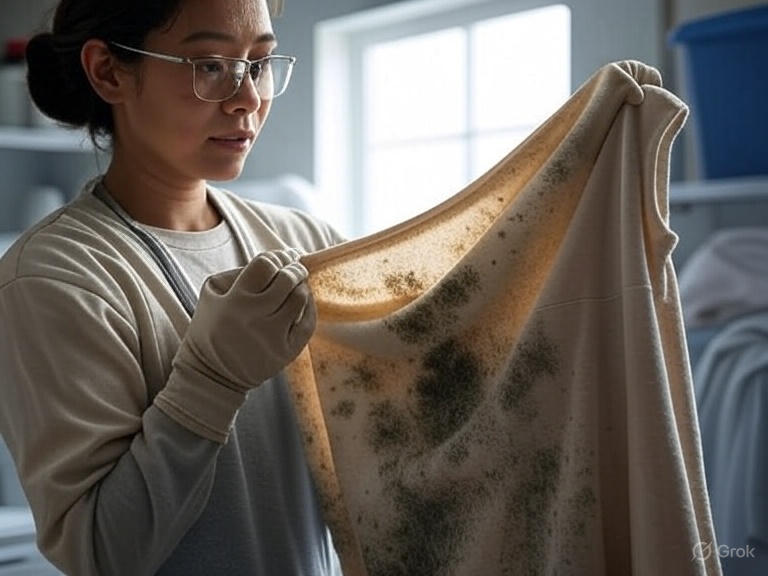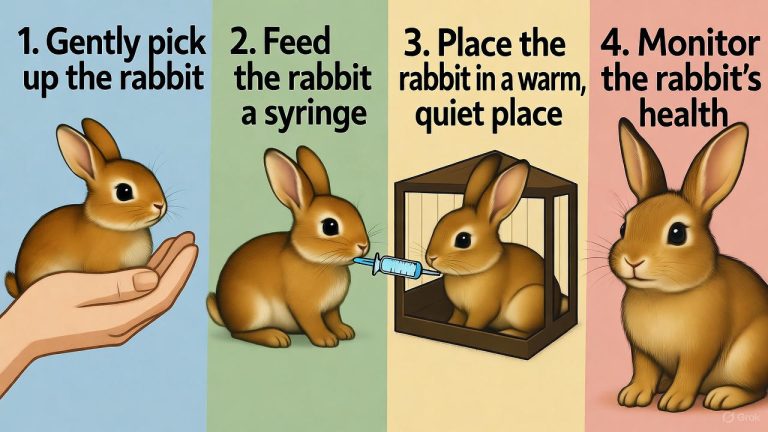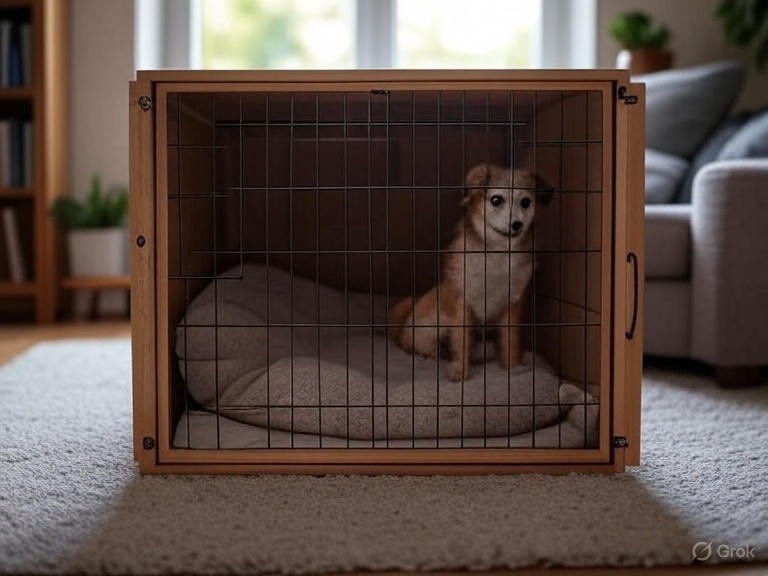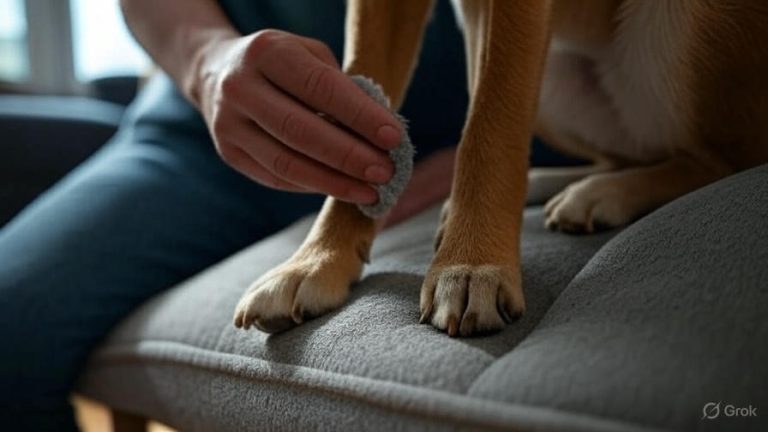How to Remove Mold from Clothes?
Mold on clothes can turn your favorite garments into unwearable disasters. This fungal growth not only damages fabric but also poses serious health risks to you and your family. The good news is that you can successfully remove mold from most clothing items using the right techniques and household products.
Discovering mold stains on your clothes feels frustrating, especially when they appear on expensive or sentimental items. However, acting quickly and using proven removal methods can save your garments from permanent damage. This comprehensive guide will walk you through everything you need to know about eliminating mold from fabric and preventing its return.
Why Mold Grows on Clothing
Mold spores exist everywhere in our environment, waiting for the perfect conditions to multiply. These microscopic organisms thrive in warm, humid environments with organic material to feed on. Your clothes provide an ideal breeding ground when they remain damp or are stored in humid conditions.
Several factors contribute to mold growth on garments. Leaving wet clothes in the washing machine for hours creates a perfect storm for fungal development. Similarly, storing slightly damp clothing in dark closets or dresser drawers allows mold to flourish undetected.
Natural fibers like cotton, wool, and linen are particularly susceptible to mold growth because they absorb moisture easily. Synthetic fabrics can also develop mold, though they’re generally more resistant. The key factor is moisture retention combined with poor air circulation.
High humidity levels in your home, especially in basements, laundry rooms, and closets, create conditions where mold can spread from one item to another. Even clean clothes can develop mold if stored in damp environments for extended periods.
Identifying Different Types of Mold on Fabric
Recognizing mold on your clothes helps you determine the severity of the problem and the best removal approach. Fresh mold appears as fuzzy growth in various colors, while older infestations may leave permanent stains.
White mold often appears as a powdery or fluffy substance on fabric surfaces. This type typically develops first and is usually easier to remove than other varieties. Green mold creates distinct patches that can range from light mint to dark forest green, depending on the species and how long it has been growing.
Black mold presents the most serious concern for both fabric damage and health risks. These dark spots or patches indicate a well-established colony that has likely penetrated deep into the fabric fibers. Black mold requires aggressive treatment and may not be completely removable from some materials.
Gray mold typically appears as dusty patches and often develops on clothes stored in damp basements or attics. Brown or yellow mold creates discolored areas that may be mistaken for other types of stains, making early detection challenging.
The smell of mold often alerts you to its presence before visible signs appear. A musty, earthy odor coming from your clothes or storage areas indicates mold growth that requires immediate attention.
Essential Supplies for Mold Removal
Before starting the mold removal process, gather all necessary supplies to ensure safe and effective treatment. Having everything ready prevents delays that could allow mold to spread or set deeper into fabric fibers.
White vinegar serves as your primary weapon against mold due to its natural acidity and antimicrobial properties. This household staple kills most mold species and helps break down stains without damaging fabric. Keep several bottles on hand for treating multiple items.
Baking soda works as both a cleaning agent and odor absorber. Its alkaline nature helps neutralize mold growth while lifting stains from fabric fibers. This versatile powder also helps eliminate the musty smell that often lingers after mold removal.
Hydrogen peroxide provides powerful bleaching action that can remove stubborn mold stains from white and colorfast fabrics. Use a 3% solution to avoid fabric damage while maintaining effective mold-killing properties.
Laundry detergent designed for stain removal enhances the cleaning power of your homemade solutions. Look for enzyme-based detergents that break down organic matter, including mold proteins.
Protective gear keeps you safe during the cleaning process. Wear rubber gloves to protect your hands from harsh cleaning solutions and prevent direct contact with mold spores. A dust mask or N95 respirator prevents inhalation of airborne spores during treatment.
Soft-bristled brushes help scrub away mold growth without damaging delicate fabrics. Old toothbrushes work well for treating small areas, while larger brushes handle extensive mold coverage more efficiently.
Step-by-Step Mold Removal Process
Start by taking moldy clothes outside to prevent spreading spores throughout your home. Shake each garment vigorously to remove loose mold growth, keeping yourself upwind to avoid inhaling particles.
Examine each item carefully to assess the extent of mold damage. Check pockets, seams, and hidden areas where moisture might have accumulated. This inspection helps you determine which treatment method will work best for each garment.
Pre-treat visible mold spots with white vinegar before washing. Spray or dab undiluted vinegar directly onto affected areas and let it sit for 30 minutes. The acid in vinegar kills mold spores and begins breaking down stains immediately.
Create a soaking solution using one cup of white vinegar per gallon of water. Submerge heavily affected items for several hours or overnight. This extended contact time allows the vinegar to penetrate deep into fabric fibers and eliminate embedded mold.
For stubborn stains, make a paste using baking soda and water. Apply this mixture to remaining spots after vinegar treatment and let it sit for another 30 minutes. The combination of acid and alkaline treatments tackles mold from multiple angles.
Scrub treated areas gently with a soft brush to lift loosened mold particles. Work in circular motions, being careful not to damage delicate fabrics. Rinse thoroughly with clean water to remove all cleaning residue.
Washing Machine Treatment Methods
Your washing machine becomes a powerful ally in the fight against mold when used correctly. Hot water kills mold spores more effectively than cold water, so use the highest temperature setting safe for your fabric type.
Add one cup of white vinegar to the washing machine along with your regular laundry detergent. The vinegar enhances cleaning power while eliminating odors that often persist after mold removal. Run a complete wash cycle to ensure thorough treatment.
For white cotton items, add half a cup of hydrogen peroxide to boost stain removal. This combination of peroxide and vinegar creates a powerful oxidizing action that breaks down tough mold stains.
Avoid using fabric softener during mold treatment cycles. These products can create a coating that traps remaining mold spores and prevents complete removal. Skip the softener until you’re certain all mold has been eliminated.
Run an extra rinse cycle to remove all cleaning solution residue. Leftover cleaning products can attract dirt and moisture, potentially creating conditions for new mold growth.
Natural Remedies That Work
Lemon juice provides natural bleaching action that works particularly well on light-colored fabrics. The citric acid kills mold while helping fade stains. Mix equal parts lemon juice and salt to create a paste for treating stubborn spots.
Sunlight serves as nature’s disinfectant and stain remover. After washing moldy clothes, hang them in direct sunlight for several hours. UV rays kill remaining mold spores while naturally bleaching away stains.
Tea tree oil offers powerful antifungal properties that eliminate mold and prevent regrowth. Add 10-15 drops to a cup of water and spray on affected areas before washing. This essential oil treatment works especially well on synthetic fabrics.
Borax creates an alkaline environment hostile to mold growth. Dissolve half a cup in hot water and soak affected garments for several hours before washing. This mineral-based cleaner also helps eliminate odors.
When to Use Commercial Mold Removers
Commercial mold removal products become necessary when natural methods fail to eliminate stubborn infestations. These specialized cleaners contain stronger active ingredients designed to tackle severe mold problems.
Enzyme-based mold removers break down mold proteins at the molecular level, making them highly effective for organic stains. These products work slowly but provide thorough cleaning without harsh chemicals that might damage delicate fabrics.
Oxygen bleach offers color-safe bleaching action that removes mold stains from colored fabrics. Unlike chlorine bleach, oxygen bleach won’t fade or damage most dyes while providing powerful cleaning action.
Anti-fungal laundry additives prevent mold regrowth after initial treatment. These products create a protective barrier that inhibits future mold development, making them valuable for items prone to recurring problems.
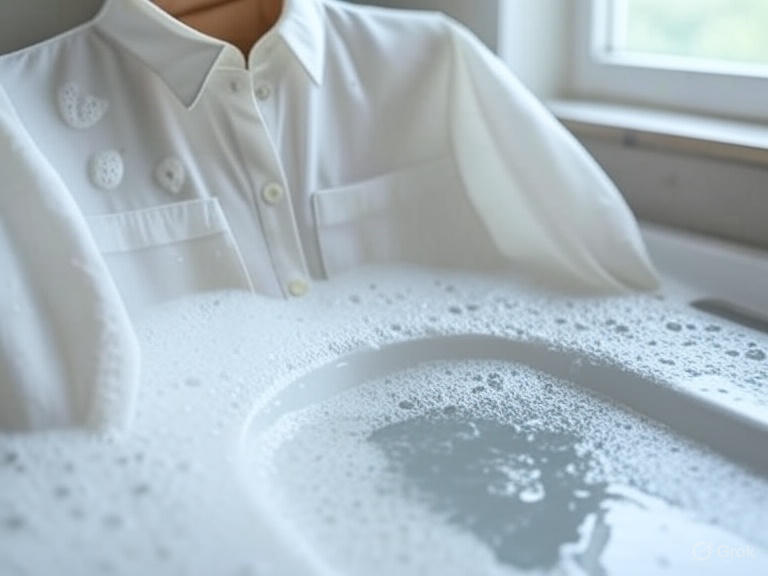
Treating Different Fabric Types
Cotton and other natural fibers require gentle treatment despite their durability. These materials absorb mold-fighting solutions readily but can shrink or fade with aggressive treatment. Use moderate heat and avoid prolonged soaking in strong solutions.
Wool demands extra care due to its protein-based fibers. Never use hot water or harsh chemicals that can cause felting or shrinkage. Cold water vinegar solutions work best, followed by careful air drying away from direct heat.
Synthetic fabrics like polyester and nylon resist mold growth better than natural fibers but still require proper treatment when affected. These materials can handle stronger solutions and higher temperatures during cleaning.
Silk requires the gentlest treatment of all fabrics. Test any cleaning solution on an inconspicuous area first, as silk can be damaged by acids and bases. Professional cleaning may be necessary for valuable silk items.
Leather and suede need specialized treatment that differs from fabric care. These materials require specific leather cleaners and conditioning after mold removal to prevent cracking and damage.
Drying Techniques for Mold Prevention
Proper drying prevents mold regrowth and ensures complete treatment success. Never put damp clothes in the dryer, as trapped moisture can create ideal conditions for new mold development.
Air drying in well-ventilated areas provides the safest method for most treated garments. Hang clothes individually with space between items to promote air circulation. Indoor drying requires fans or dehumidifiers to prevent moisture buildup.
Machine drying on high heat settings kills any remaining mold spores while ensuring complete moisture removal. Check care labels first, as high heat can damage some fabrics or cause shrinkage.
Outdoor drying combines the benefits of air circulation and UV sterilization. Direct sunlight provides natural bleaching action while fresh air carries away moisture and odors. Avoid outdoor drying during humid weather or when air quality is poor.
Signs You’ve Successfully Removed Mold
Complete mold removal is evident when all visible growth disappears and musty odors are eliminated. Inspect treated areas carefully under good lighting to ensure no traces remain.
The fabric should feel clean and smell fresh after proper treatment. Any lingering musty or earthy odors indicate incomplete mold removal that requires additional treatment.
Stains should be significantly reduced or completely gone after successful treatment. Some older stains may leave permanent discoloration, but active mold growth should be completely eliminated.
Touch the fabric to check for any remaining rough or fuzzy areas that might indicate surviving mold colonies. Properly treated fabric should feel smooth and return to its original texture.
Preventing Future Mold Growth
Prevention requires controlling moisture and improving air circulation in clothing storage areas. Install dehumidifiers in basements, closets, and laundry rooms to maintain humidity levels below 50%.
Never store damp or even slightly moist clothing. Ensure all items are completely dry before putting them away. This simple step prevents most mold problems from developing.
Improve closet ventilation by installing vents or fans that promote air movement. Stagnant air allows humidity to build up, creating perfect conditions for mold growth.
Clean and organize storage areas regularly to prevent dust accumulation that can harbor mold spores. Vacuum closets and drawers monthly, paying attention to corners and hidden areas.
Use moisture absorbers like silica gel packets or activated charcoal in storage containers and closets. These products help maintain dry conditions that prevent mold development.
When to Seek Professional Help
Some mold situations require professional intervention to ensure complete removal and prevent health risks. Extensive mold growth covering large areas of clothing or affecting valuable items may need expert treatment.
Professional dry cleaners have specialized equipment and solutions for treating delicate fabrics that can’t withstand home treatment methods. They can often save items that would be damaged by DIY approaches.
If you have respiratory problems or allergies, professional treatment eliminates exposure risks associated with handling moldy items. This service becomes especially important when dealing with black mold or extensive infestations.
Valuable or sentimental items deserve professional care to ensure the best possible outcome. The cost of professional treatment often justifies the expense when compared to replacing irreplaceable garments.
Health Considerations During Mold Removal
Mold exposure can trigger allergic reactions, respiratory problems, and other health issues. Take precautions during removal to protect yourself and your family from harmful spores.
Work in well-ventilated areas or outdoors whenever possible. Fresh air dilutes spore concentrations and reduces inhalation risks. Avoid treating moldy clothes in small, enclosed spaces like bathrooms or closets.
Wear protective equipment including gloves, masks, and eye protection. These barriers prevent direct contact with mold and cleaning chemicals while reducing inhalation risks.
Wash your hands thoroughly after handling moldy items, even when wearing gloves. Change clothes after completing mold removal tasks to prevent spreading spores to clean areas of your home.
People with compromised immune systems, chronic respiratory conditions, or severe allergies should avoid handling moldy items entirely. Have others perform the cleaning or hire professional services for these situations.
Conclusion
Removing mold from clothes requires prompt action, proper techniques, and the right supplies. Success depends on identifying the mold type, treating it appropriately, and taking steps to prevent future growth. Most mold problems can be resolved using household products like vinegar, baking soda, and hydrogen peroxide when applied correctly.
Remember that prevention remains your best defense against mold damage. Keep clothes dry, improve storage area ventilation, and address moisture problems promptly. These simple steps protect your wardrobe investment and maintain a healthy home environment.
Don’t let mold destroy your favorite clothes or compromise your family’s health. Take action at the first sign of growth, and follow these proven techniques to restore your garments to their original condition. With patience and persistence, you can successfully eliminate mold and enjoy fresh, clean clothing once again.

